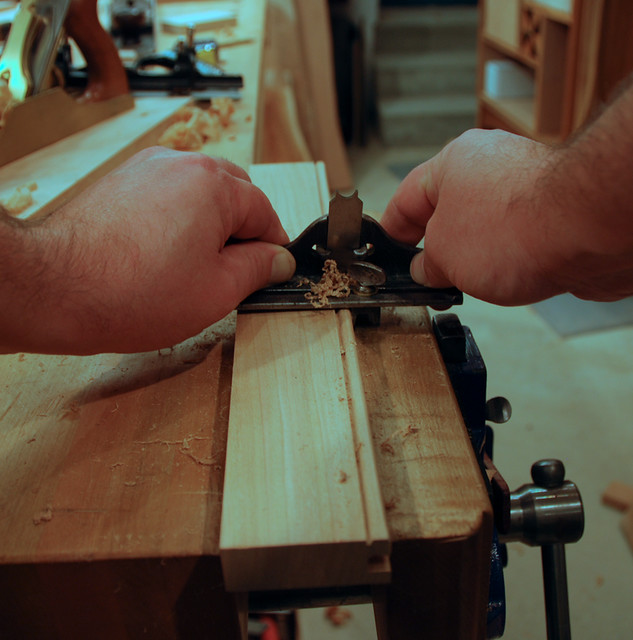I have always admired beaded drawer fronts but never done any cockbeading due to the amount of time involved. I recently noticed that veritas has a beading plane that could be used to cut a bead (and other profiles) in a drawer front.
has anyone here used that tool? How well does it work on the cross grain and how well does it work overall?
thx




 Reply With Quote
Reply With Quote









